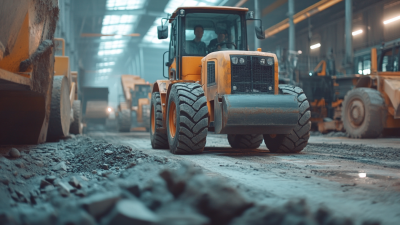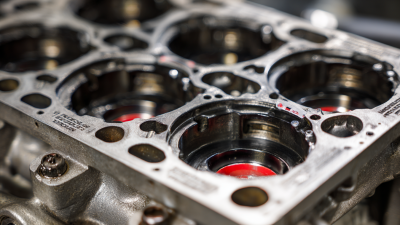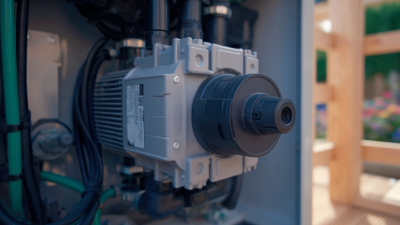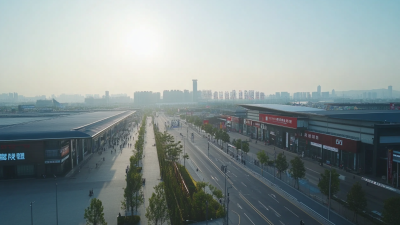 +86 13794985240
+86 13794985240
Leave Your Message
-
 CONTACT NUMBER
CONTACT NUMBER -
 CONTACT NUMBER
CONTACT NUMBER -
 CONTACT NUMBER
CONTACT NUMBER



In the construction industry, the choice of equipment can significantly impact project efficiency and outcomes. Among the essential tools for soil compaction is the Vibrating Compactor Rammer, which has gained prominent recognition due to its effectiveness and versatility in compacting various types of soil. According to a recent report by MarketsandMarkets, the global soil compaction equipment market is projected to reach USD 4.3 billion by 2025, driven by rising infrastructure development and urbanization. The Vibrating Compactor Rammer plays a crucial role in this market segment, particularly for projects requiring deep compaction in confined spaces. As professionals seek to optimize their choices, understanding the types, applications, and specifications of Vibrating Compactor Rammers becomes essential to selecting the perfect model for any project. This guide aims to simplify this selection process by detailing the critical factors for consideration.
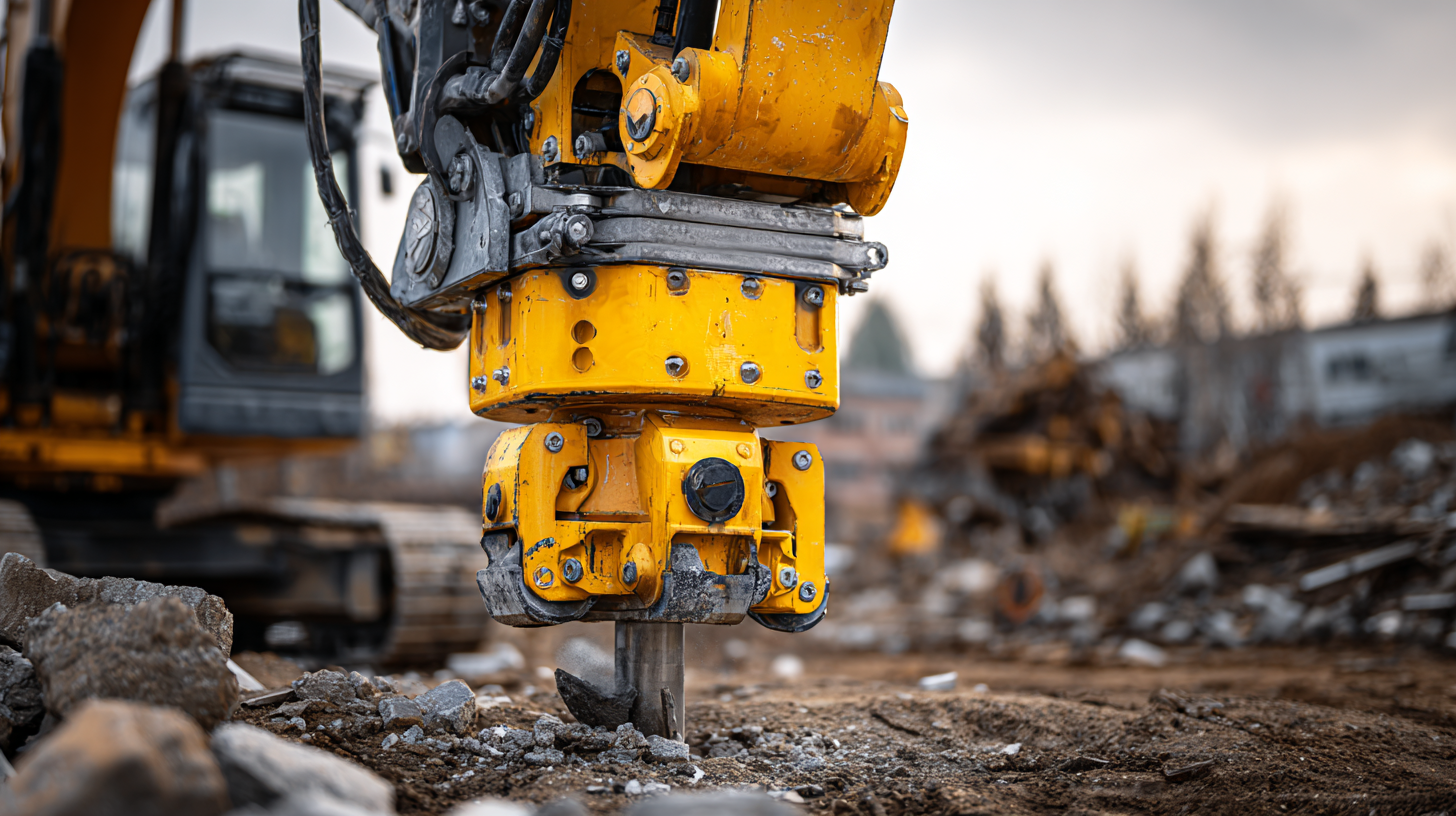
When selecting a vibrating compactor rammer, it's essential to understand its key features and specifications that can significantly impact your project's efficiency. One of the most critical aspects to consider is the machine's weight. Heavier rammers typically offer increased compaction force, making them suitable for dense materials like gravel and sand. Conversely, lighter models are more maneuverable and ideal for compacting cohesive or looser soils in tighter spaces.
Another vital specification to focus on is the rammer's frequency and stroke. Higher frequency levels can lead to better compaction results, particularly in challenging ground conditions. Additionally, the stroke length determines the depth of compaction; a longer stroke generally provides deeper compaction, which is necessary for thorough ground stabilization.
Tip: Always check the manufacturer's recommendations for the type of material you'll be working with and choose a compactor that aligns with those needs.
Moreover, pay attention to the engine type and fuel efficiency. Electric rammers are quieter and more environmentally friendly, ideal for urban areas. In contrast, gas-powered options usually deliver more power and are effective for larger outdoor projects.
Tip: Ensure easy maintenance features like accessible filters and fluids, which can save you time and prolong the machine's life.
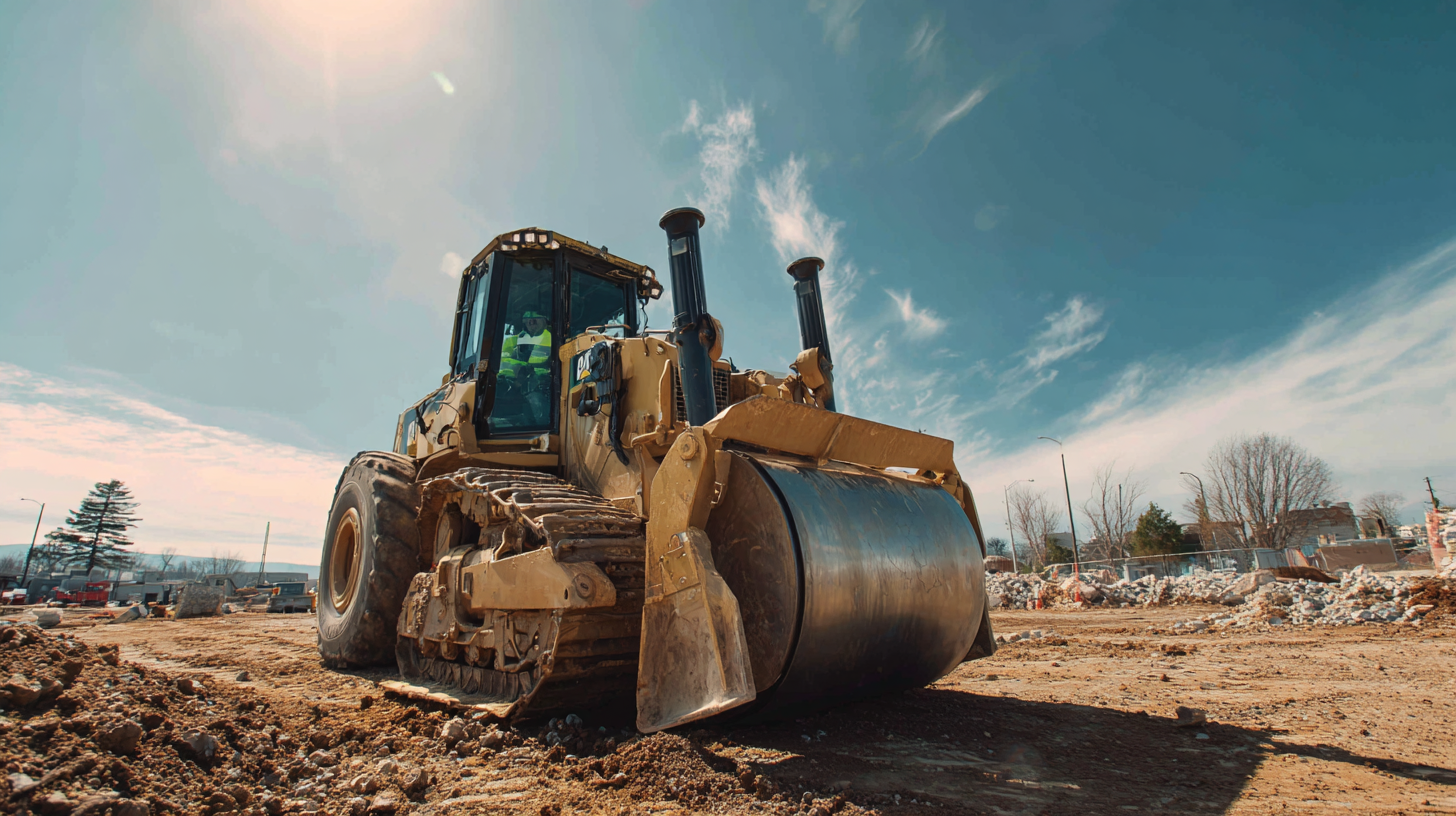
When it comes to selecting the perfect vibrating compactor rammer for your project, understanding the top brands can significantly influence your decision. Industry experts have identified a handful of brands that consistently deliver quality and performance.
These brands are praised not only for their durable construction but also for their innovative technologies that enhance user experience and efficiency. From superior vibration control to ergonomic designs, these manufacturers ensure that each rammer meets the demands of various construction tasks.
Moreover, the integration of advanced technology within compactors is reshaping the landscape of the construction industry. For instance, tandem rammers, which make up nearly half of all compactors sold annually, utilize these innovations to improve compaction effectiveness and maintenance ease. Experts suggest that investing in a model from one of the leading brands can yield better results and a greater return on investment, particularly for heavy-duty applications. As you navigate your options, it’s essential to consider these expert evaluations to ensure you select a rammer that aligns with your specific project needs.
When selecting the right vibrating compactor rammer for your project, it is crucial to match the size of the rammer to the specific requirements of your work. Different projects, whether they're landscaping, road construction, or foundation preparation, necessitate different compaction levels. A compact rammer is ideal for tight spaces, while a larger model may be more suitable for expansive lots or heavier materials. Understanding the soil type and the density you need to achieve can help determine the right size for effective compaction.
Just as selecting the appropriate size for your vibrating compactor rammer is essential, utilizing the right dimensions for your project visuals can enhance your online presence. In the landscape of digital content, ensuring that your images match the optimal size standards can greatly improve user engagement and site performance. This consideration applies to both desktop and mobile interfaces, mirroring the importance of choosing the right tools for your physical projects to achieve the best results. Balancing functionality with aesthetics is key, whether on the ground or online.
When budgeting for a vibrating compactor rammer in your construction project, it is essential to consider both initial costs and long-term investments. According to the Construction Equipment Rental Market report by Technavio, the average daily rental price for a vibrating rammer can range from $50 to $150, depending on the model and location. Purchasing new equipment can set you back anywhere from $2,000 to $5,000 for mid-range machines. Therefore, assessing the project's duration and frequency of use is critical to determine whether renting or buying is the most cost-effective option.
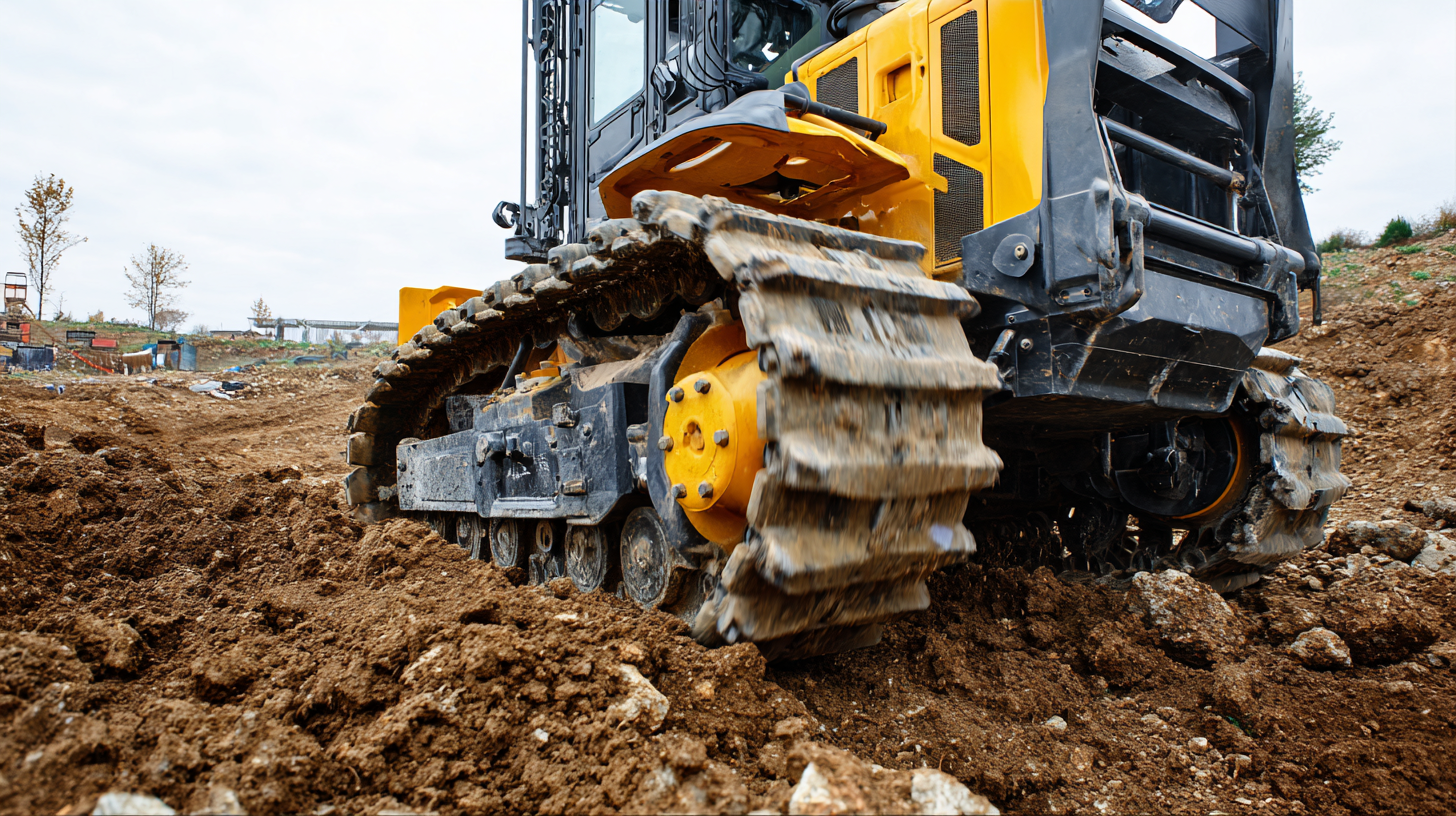
Beyond the purchase or rental cost, maintenance and operational efficiency also play significant roles in budgeting. The Construction Industry Institute estimates that a well-maintained vibrating rammer can improve compaction efficiency by up to 40%, ultimately saving time and reducing labor costs. Moreover, it is advisable to account for operating costs such as fuel and potential repairs, which can average around $200-$400 annually for proper upkeep of a mid-range vibratory rammer. By taking these factors into account, construction professionals can develop a comprehensive budget that supports their project's success while maximizing return on investment.
When utilizing vibrating compactor rammers for your project, adhering to safety considerations is paramount. According to the National Institute for Occupational Safety and Health (NIOSH), proper handling of these equipment is crucial to mitigate the risk of injuries. Workers should be trained to maintain a stable stance and avoid operating the rammer on unstable surfaces to prevent accidents. Moreover, the American National Standards Institute (ANSI) recommends wearing appropriate personal protective equipment (PPE) such as gloves, safety goggles, and steel-toed boots to enhance worker safety during operation.
Best practices dictate that operators perform routine maintenance checks before starting work with vibrating compactor rammers. The Occupational Safety and Health Administration (OSHA) highlights the importance of ensuring the equipment is in good working condition, including checking for loose bolts and inspecting the fuel system for leaks. Additionally, operators should keep a safe distance from other workers and be aware of their surroundings to prevent potential mishaps. By following these safety measures and best practices, project teams can effectively reduce the risk of injuries and create a safer work environment when using vibrating compactor rammers.
